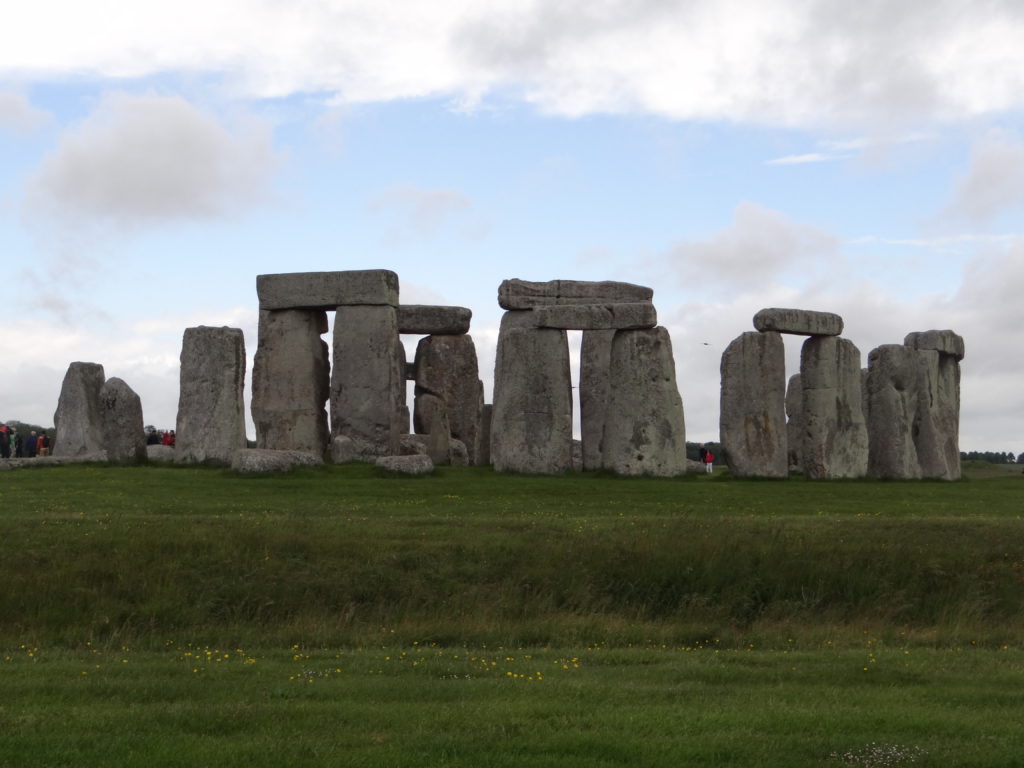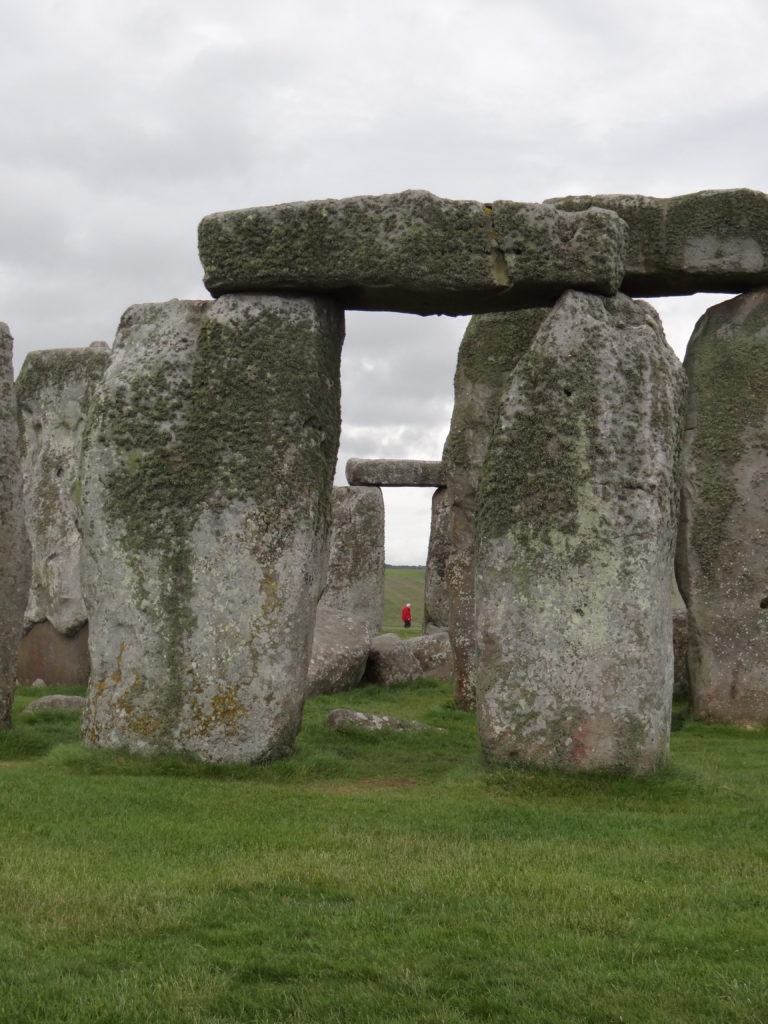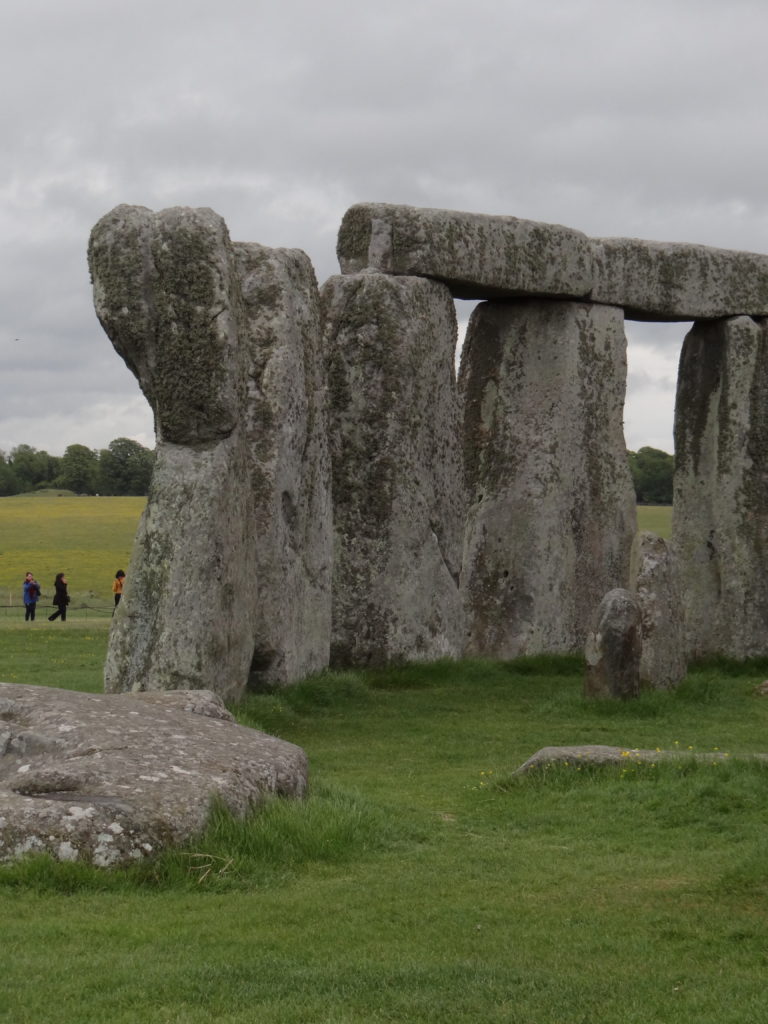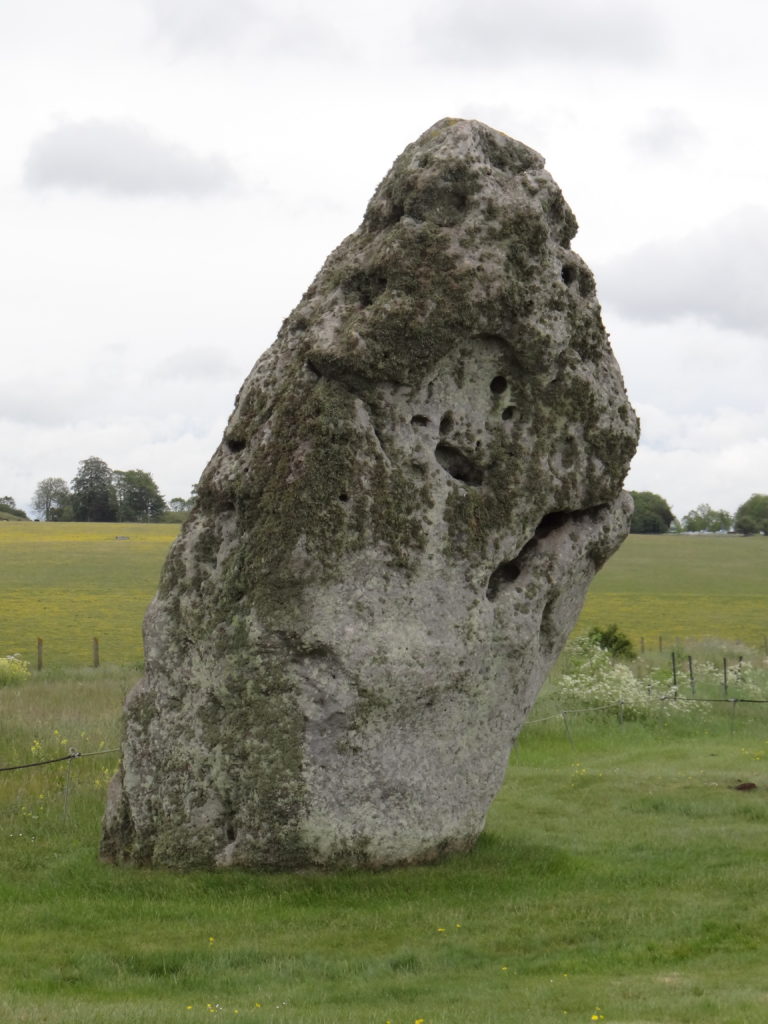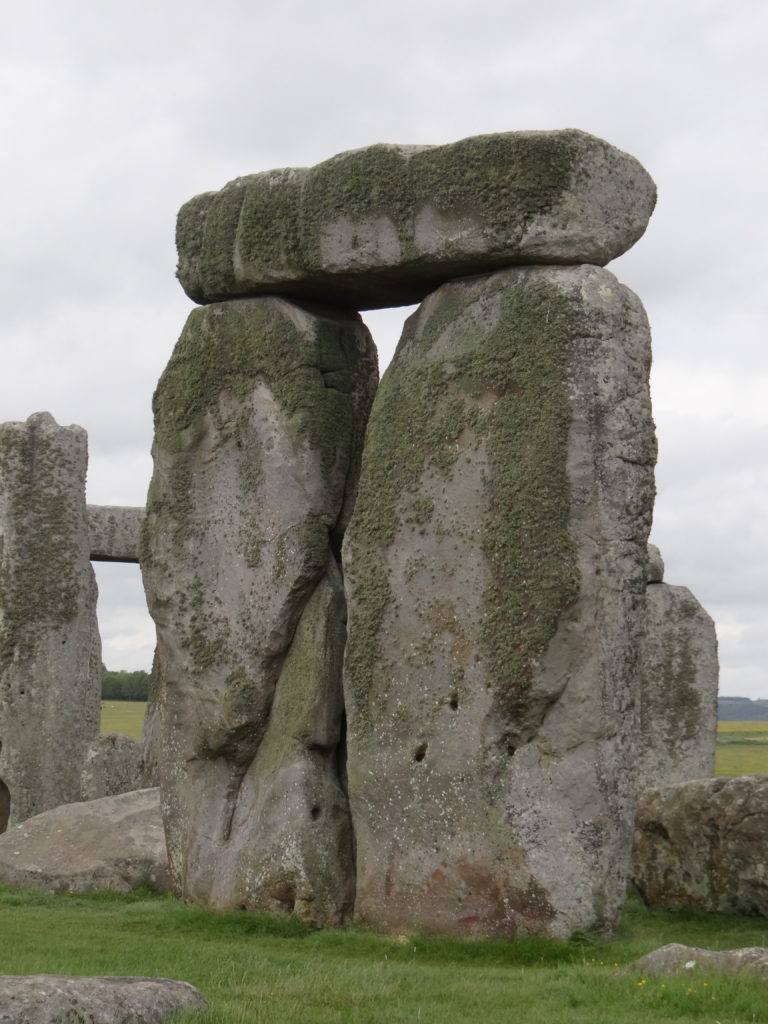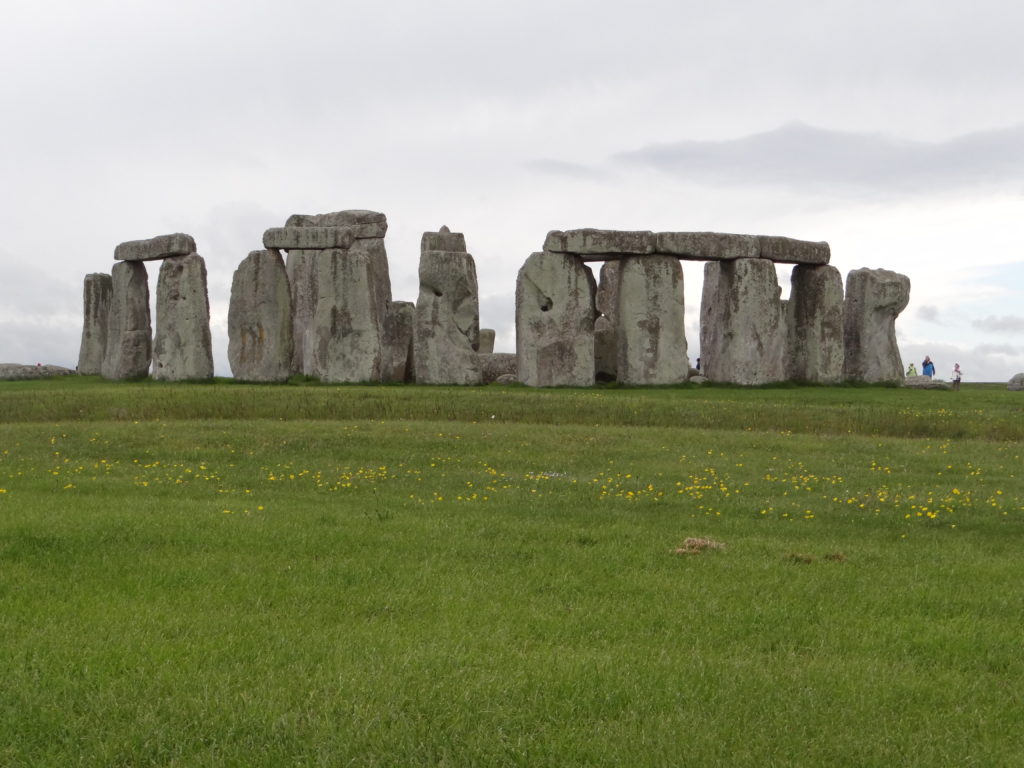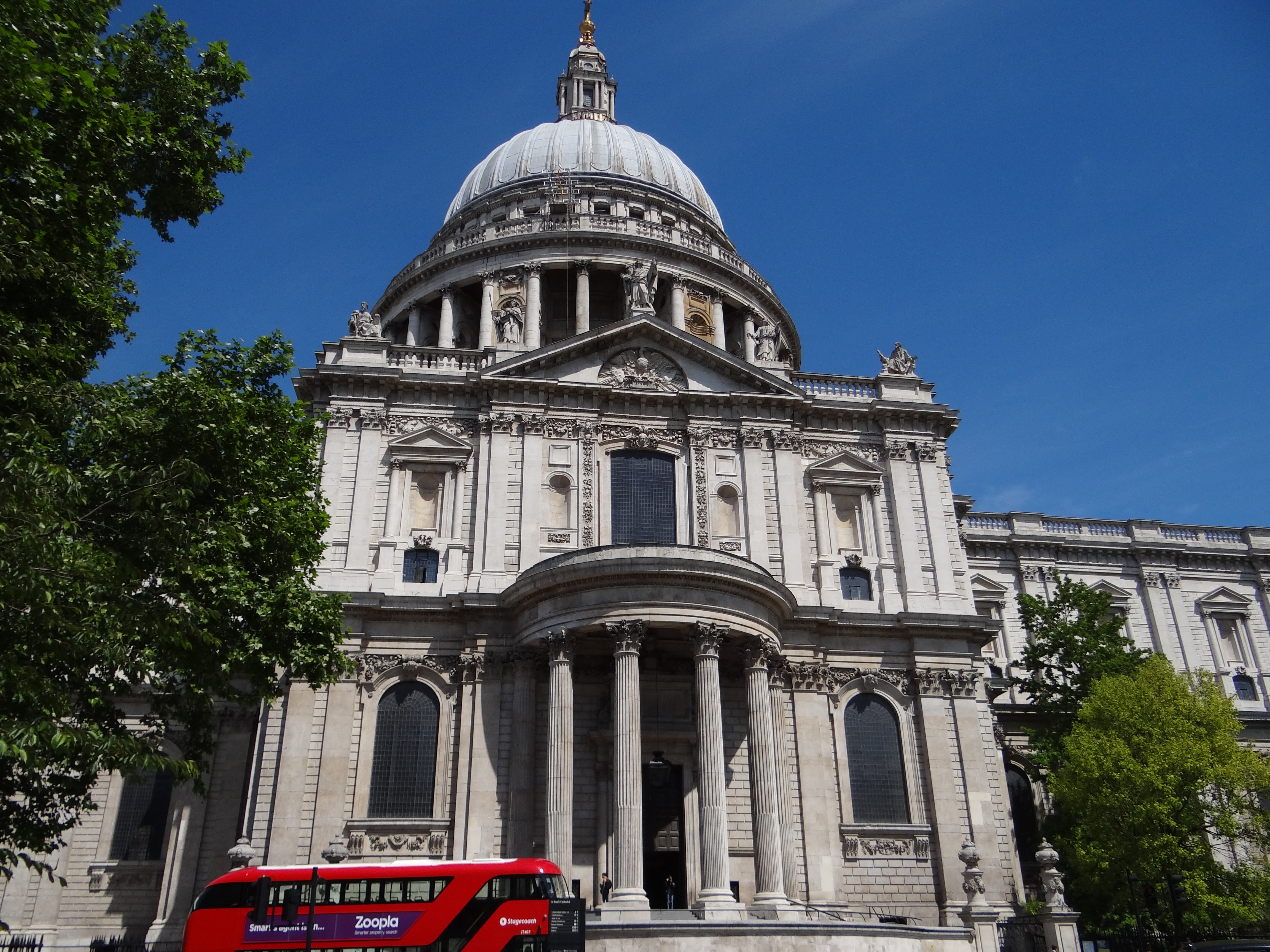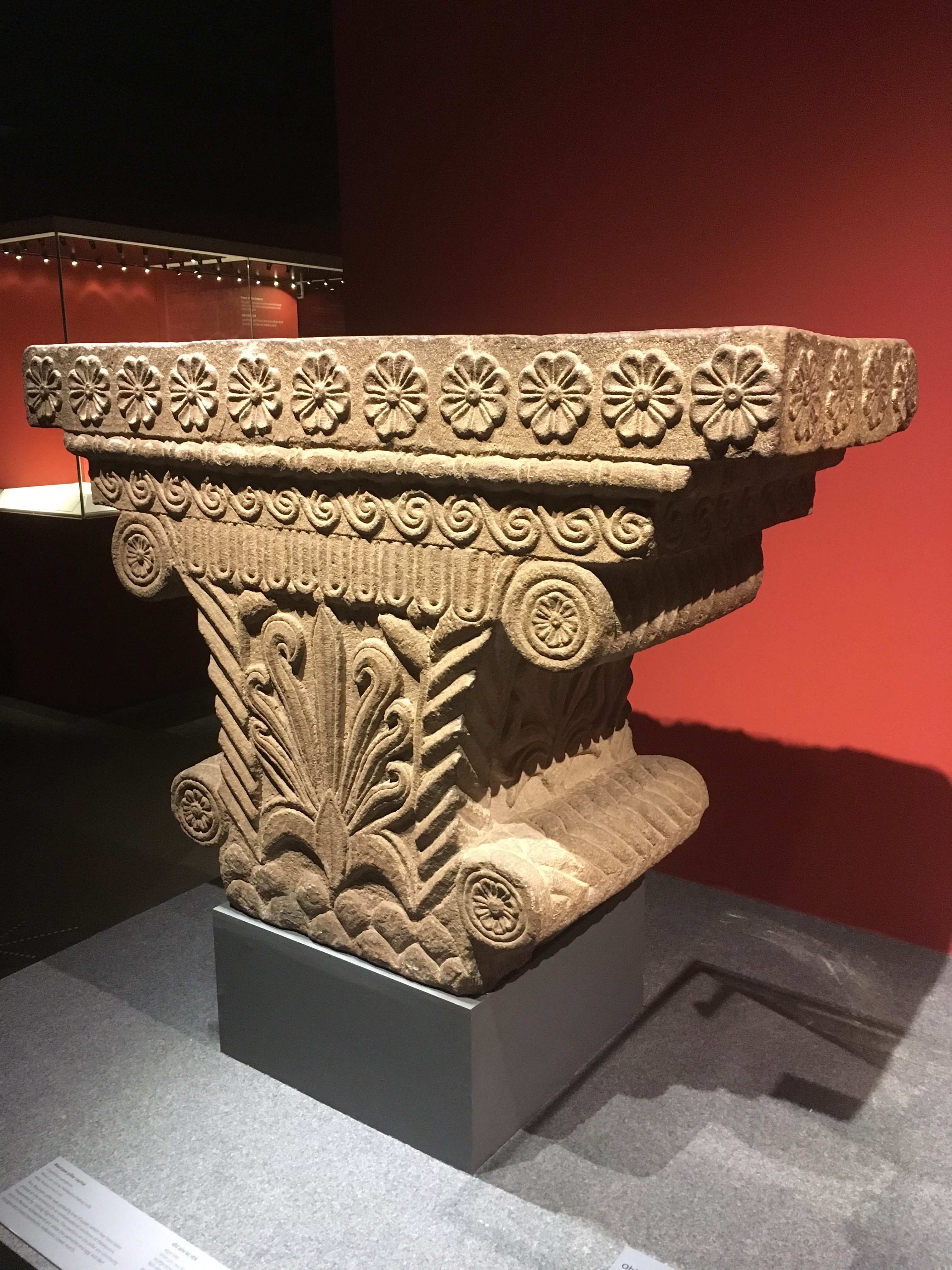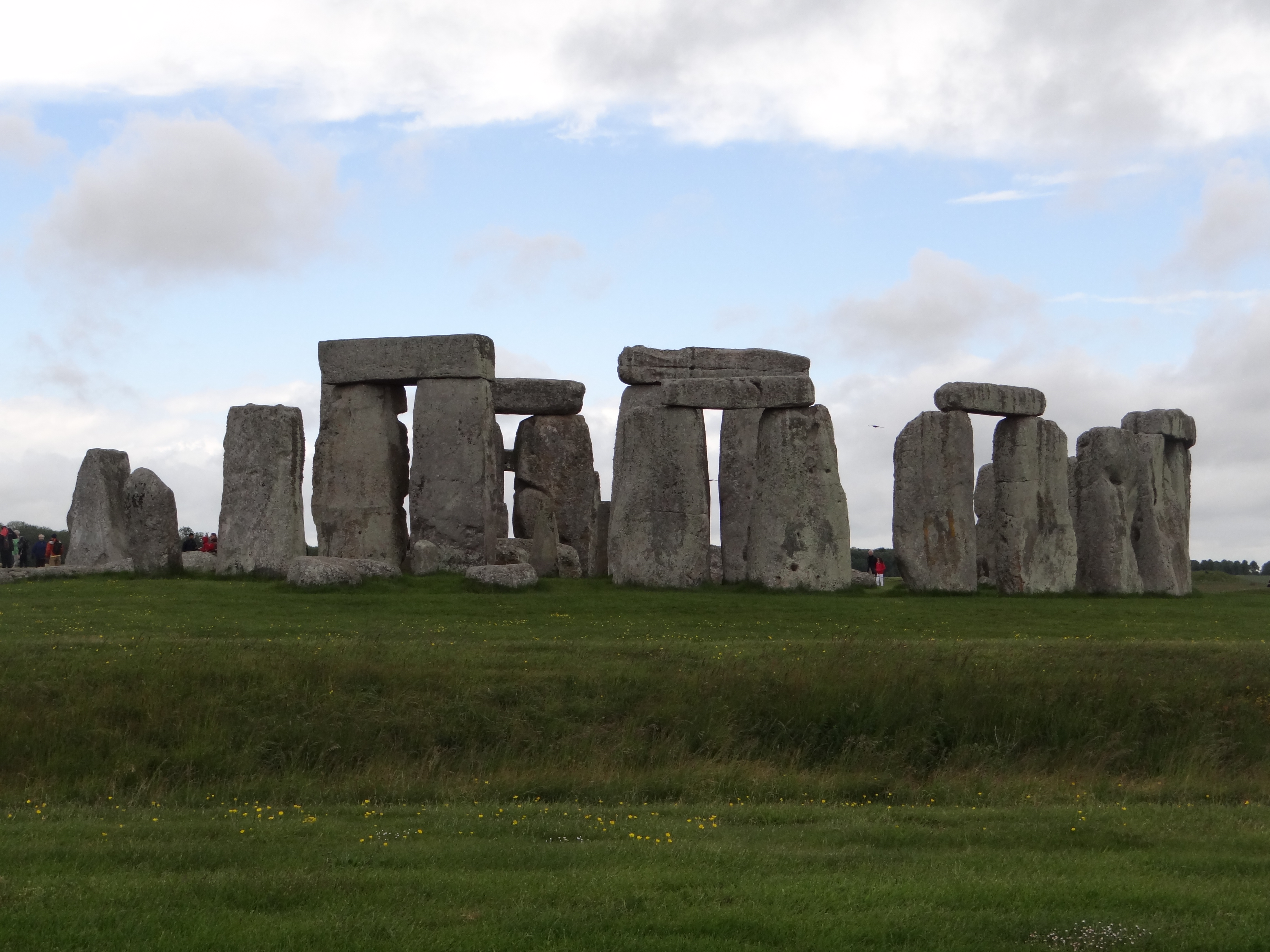
Fascinating Things About Stonehenge
Fascinating Things About Stonehenge
Stonehenge is more awe-inspiring than you can imagine
A few years ago, when in school, we had a computer class. Some computers had this strange windows wallpaper of random stones standing on the grass. I distinctly remember laughing at the wallpaper, why stones?
As we grew up from those carefree days into more knowledgable human beings, I realised that these ‘random standing stones’ were called Stonehenge. Stonehenge also happened to be one of the most precious historic sites in the world.
Fast forward a couple of years and here I was a few miles outside of London, in a bus making my way to this acclaimed site. The view from our bus was simplistic. We were surrounded by fields of grasslands on both sides of the road. Ultimately up ahead, we saw a small circle of stones- Stonehenge.
This small circle soon got bigger and bigger until the stones looked much larger than boulders placed along the seaside. Stonehenge had got me hooked. These set of huge stones emitted a mysterious aura, an aura reeking of history. Why had they built Stonehenge? What does it signify?
Whilst on my visit there and after devouring the guidebook, I learnt some really Fascinating Things About Stonehenge.
Those are some Heavy Stones
The Stones at Stonehenge easily way tonnes.
The big stones are dubbed Sarsen Stones and weigh 35 tonnes each. These are found 30 km away from Stonehenge at Marlborough Downs. Such heavy stones have to be transported using a wooden plank. It would have taken them 12 days to get each stone to its final destination. They only had to hope for smooth plain land and no slopes.
The builders also used bluestone to complete the inner circle. These stones come from the Perseli Hills in Wales 240 Kms to the west of Stonehenge. Each of these bluestones weigh 3 tonnes. How did they carry such heavy rocks? They couldn’t just use wooden planks this time. The route these stones might have taken from Wales to Stonehenge is disputable. Some believe that they got here on land whereas others say that the stones were transported using the Avon river that flows close to Stonehenge from the sea.
However it doesn’t end there. The creators of Stonehenge didn’t just carry the stones 240kms but also shaped them. They created a special locking system on the rocks to interlock the stones in place. Furthermore they shaped these rocks into cuboids.
They also had to create incisions in the soil. These incisions would have one side sloped and the other erect. The heavy stones would be placed via the sloping side in this incision. A set of smaller stones would be used to tilt the larger stone inside the incision. Then using rope they would haul the stone upright. This would have indeed taken a lot of work.
For the stones that are sitting on top of the larger stones, they would have to build a platform. This platform would surround the upright stones and be built of timber. The stone which would be placed on the top would be kept on this platform. Then the platform would be raised bit by bit till they’d reached the top. Then the smaller stone would be locked on to the two standing stones.
Isn’t this awe-inspiring?
Stonehenge Might Have Never Been Complete
This is a really interesting fact that most historians believe is true. Stonehenge is believed to have had an entrance from the northeast side. This side, intriguingly, is still very much intact. On the contrary the opposite southwestern side looks like its in ruins.
Furthermore the circle ought to have 30 upright stones with 30 to cap them with to make a perfect circle. However the number of stones don’t add up to 30 whether still standing or lying in ruins. They simply don’t exist. And there’s also a case of the stone at the south side of the stone circle. Not only is the stone too short but also stands alone contrary to the other stones.
This strange piece of observation has led historians to believe that Stonehenge was never really complete.
Archaeological evidence also suggests that Stonehenge was not built in a day, or a century but well over a millennia. Carbon datings of animal bones from the period suggest that the first inklings of Stonehenge popped up in 3000 BC and 2920 BC. Further excavations carried out within the stone circles have recorded artefacts from the Middle Stone Age around 8000 BC to the Roman periods and later.
————————————
Did you know St Paul’s Cathedral London sits on the highest point in the city
————————————
Stonehenge is something else entirely
Some other findings at Stonehenge have further baffled archaeologists. In the Victorian times, they observed a strange stone outside the main circle. This stone turned red when water was poured on it. Today we know it is due to the iron content of the stone. Back then Victorians with their strange and wrong imaginations named it the Slaughter Stone.
In 1953 an archeologist found something on the stones- carvings. On further research they found outlines of a dagger and an axe-blade made on the stones. With more scientific gadgets, by 2003, 44 such carvings have been discovered.
Another strange theory that historians have is that the area around Stonehenge was never lived in. Stonehenge might have been considered as the land of the dead. However there is evidence of housing built around Stonehenge. What is strange is that this housing was not of a permanent type. This has led to questions- Was Stonehenge a place of annual celebrations and secluded for the rest of the year? In that case, were these Stones decorated with garlands and celebrated with grand feasts?
It is an Aerial Photographer’s Paradise
Aerial photographs in the Stonehenge guidebook are simply beautiful to look at. The viewer can only imagine what Stonehenge looked like in its prime.
What is more fascinating is the surrounding landscape. What appears to be well cultivated grassland is an open area under the National Trust. This huge area is preserved as historic with many other fascinating things to see. Some of it is accessible to visitors as well.
The aerial views show circular structures made on the grass. They look like ripples on water when we drop stones on it. These are interestingly a group of burial sites dating back to 2000 BC. They are called Barrows.
The Breathtaking Dusk and Dawn
Stonehenge is probably the most crowded on 21st December. This is the shortest day of the year and the most mesmerising of it all at Stonehenge.
This enigmatic stone circle is built on an axis. This axis runs north-east to south-west and traces the movements of the sun. Other places just like Stonehenge also existed at the time built on a similar axis. However Stonehenge seems to be of more importance.
On 21st December, visitors can see the Sun set on the south-western side. The sun’s rays at this time fall on the altar stone in the centre of the circle. In its heyday, the sun and the majestic stones would have given a very dramatic effect.
Similarly on 21st June, the longest day of the year, the sun rises beyond the entrance of Stonehenge. The sun’s nascent rays settle on the altar stone in the centre again. It must be a truly breathtaking sight.
It is believed however that the main purpose for Stonehenge and its alignment was to count the time when the harsh winter would end. The end of winter signified that cultivation would be started again and life could flourish.
When I read these facts and saw them with my own eyes I couldn’t help but feel amazed. It was indeed a mammoth task to build a monument as grand as this. Stonehenge can be called as the precursor to a church. We can only imagine what Stonehenge looked like in its glory.
These Fascinating Things About Stonehenge tell us something more about the enigmatic stones. However this is not the entire mystery that Stonehenge hides. There’s much more that hopefully one day technology might reveal.
——————————-
What did you think about the ‘Fascinating Things About Stonehenge’? Share this article with your friends too.
If you want more such articles, subscribe to my mailing list here. I promise I do not spam:)
NOTE: The Bibliography for this post is missing. Please help us credit the sources that deserve it. If you believe your work, or a work you know of needs to be cited here, please write to editor@giglee.in to inform us. DISCLAIMER: The intention of this article is not to hurt anyone's sentiments. The thoughts expressed in the article are purely those stated by the author of the work. The information provided on this website may not be complete, reliable, accurate and/or updated. The details you share with the website will not be shared or sold. We are not liable if in case of theft, your data is stolen. The content on this website is provided without any warranties whether express or implied. If you have a doubt, query or complaint please write to editor@giglee.in and we shall respond as soon as possible.
